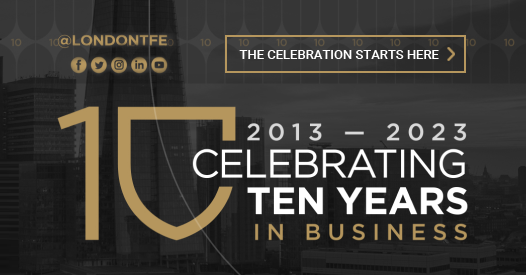-
All Courses
-
 Business Administration
Business Administration
-
 Chemical Engineering
Chemical Engineering
-
 Communications and Public Relations (PR)
Communications and Public Relations (PR)
-
 Compliance and Legal
Compliance and Legal
-
 Contract and Project Management
Contract and Project Management
-
 Customer Experience and Relationship Management
Customer Experience and Relationship Management
-
 Energy and Sustainability
Energy and Sustainability
-
 Finance and Accounting
Finance and Accounting
-
 Health, Safety and Environment
Health, Safety and Environment
-
 Human Resources and Talent Development
Human Resources and Talent Development
-
 Industrial Manufacturing and Production
Industrial Manufacturing and Production
-
 Innovation and Artificial Intelligence (AI)
Innovation and Artificial Intelligence (AI)
-
 Leadership and Management
Leadership and Management
-
 Oil and Gas
Oil and Gas
-
 Procurement & Supply Chain Management
Procurement & Supply Chain Management
-
 Quality and Productivity
Quality and Productivity
-
 Retail and E- Commerce
Retail and E- Commerce
-
 Sales and Marketing
Sales and Marketing
-
 Strategy and Business Planning
Strategy and Business Planning
-
 Sustainability and CSR
Sustainability and CSR
-
Learning Solutions
iLearn Blog
About Us
 Directory Calendar
Directory Calendar
 Contact Us
Contact Us
-
All Courses
-
 Business Administration
Business Administration
-
 Chemical Engineering
Chemical Engineering
-
 Communications and Public Relations (PR)
Communications and Public Relations (PR)
-
 Compliance and Legal
Compliance and Legal
-
 Contract and Project Management
Contract and Project Management
-
 Customer Experience and Relationship Management
Customer Experience and Relationship Management
-
 Energy and Sustainability
Energy and Sustainability
-
 Finance and Accounting
Finance and Accounting
-
 Health, Safety and Environment
Health, Safety and Environment
-
 Human Resources and Talent Development
Human Resources and Talent Development
-
 Industrial Manufacturing and Production
Industrial Manufacturing and Production
-
 Innovation and Artificial Intelligence (AI)
Innovation and Artificial Intelligence (AI)
-
 Leadership and Management
Leadership and Management
-
 Oil and Gas
Oil and Gas
-
 Procurement & Supply Chain Management
Procurement & Supply Chain Management
-
 Quality and Productivity
Quality and Productivity
-
 Retail and E- Commerce
Retail and E- Commerce
-
 Sales and Marketing
Sales and Marketing
-
 Strategy and Business Planning
Strategy and Business Planning
-
 Sustainability and CSR
Sustainability and CSR
-
Learning Solutions
iLearn Blog
About Us
 Directory Calendar
Directory Calendar
Contact Us





























 Course Venue
Course Venue